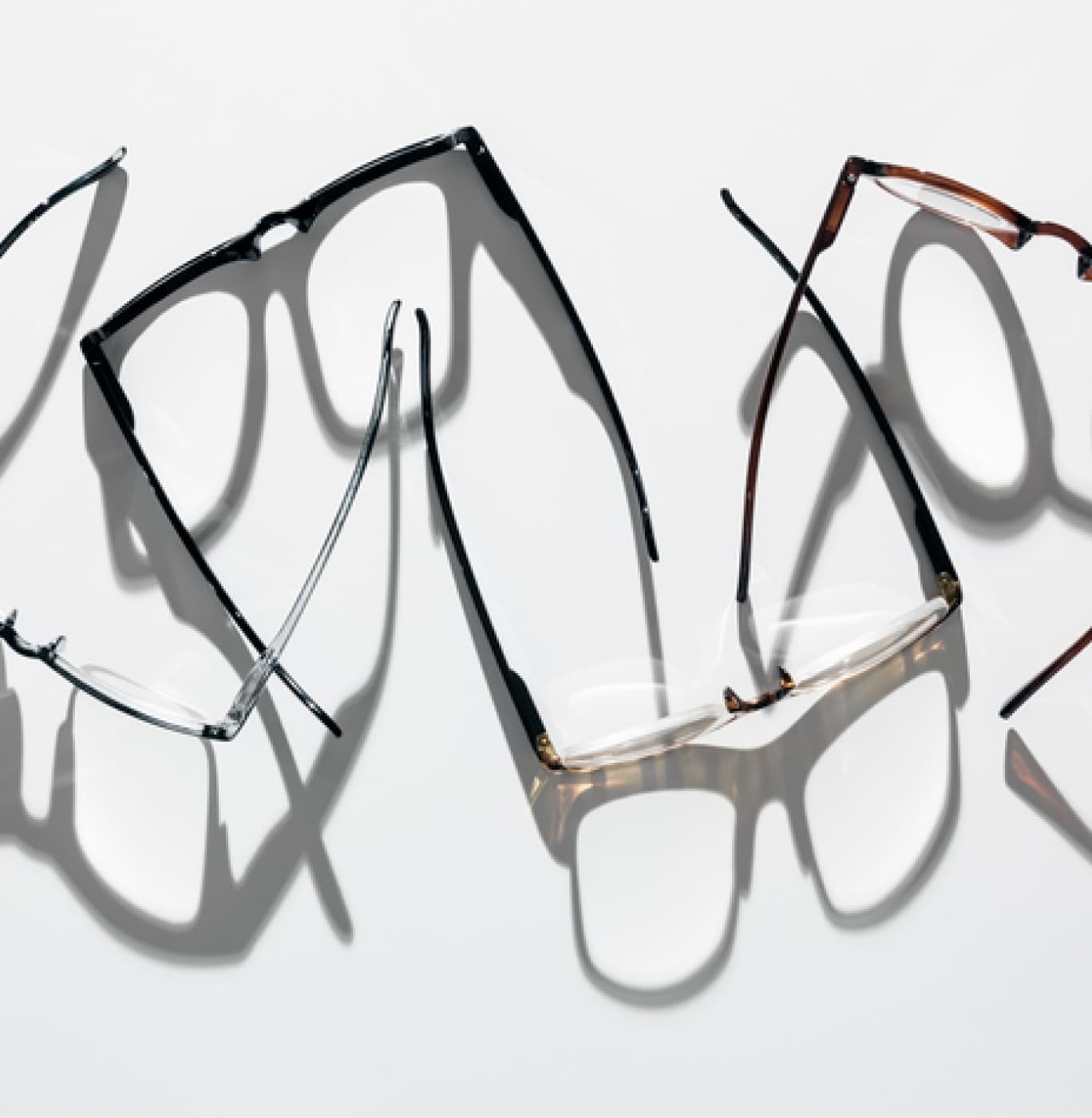The Visual Freedom You Deserve
Treat short-sightedness with our EVO ICL (EVO) Implantable Collamer® Lens.

Wide Range of Treatment
Contact lenses and glasses can be a hassle and limiting. EVO ICL can treat a wide range of prescriptions, from -0.5D to -20D.
EVO vs LASIK vs PRK
When it comes to vision correction, deciding what’s best for your eyes can be difficult. Learn about the differences between procedures and see if EVO ICL is the right fit for you.
EVO
LASIK
PRK
Vision Quality
EVO
LASIK
PRK
Safety Features
EVO
LASIK
PRK
It Only Takes 30 Minutes
The EVO ICL procedure is minimally invasive and the lens is implanted through a small opening allowing for a quick procedure and recovery time. With over 3,000,000 lenses distributed worldwide, EVO ICL is quickly becoming a vision correction procedure of choice for many people around the world.
Select Your Region
Latin America
References
1. Patient Survey, STAAR Surgical ICL Data Registry, 2018
2. Naves, J.S. Carracedo, G. Cacho-Babillo, I. Diadenosine Nucleotid Measurements as Dry-Eye Score in Patients After LASIK and ICL Surgery. Presented at American Society of Cataract and Refractive Surgery (ASCRS) 2012.
3. Shoja, MR. Besharati, MR. Dry eye after LASIK for myopia: Incidence and risk factors. European Journal of Ophthalmology. 2007; 17(1): pp. 1-6.
4. Parkhurst G. A Prospective Comparison of Phakic Collamer Lenses and Wavefront-Optimized Laser-Assisted In Situ Keratomileusis for Correction of Myopia. Clinical Ophthalmology 2013: 10: 1209–1215.
5a. Parkhurst, G. Psolka, M. Kezirian, G. Phakic intraocular lens implantantion in United States military warfighters: A retrospective analysis of early clinical outcomes of the Visian ICL. J Refract Surg. 2011;27(7):473-481.
5b. Gimbel, Howard V et al. Management of myopic astigmatism with phakic intraocular lens implantation. Journal of Cataract & Refractive Surgery , Volume 28 , Issue 5 , 883 – 886.
